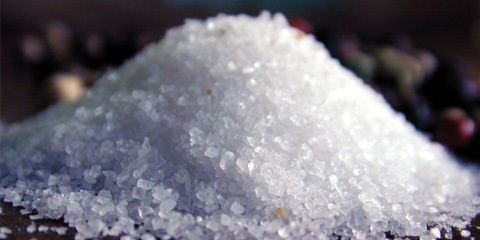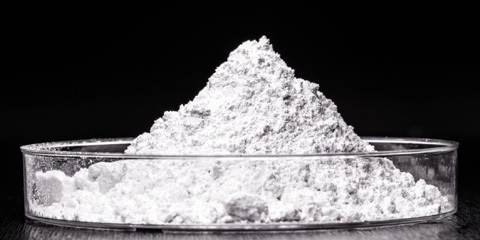Research and Analysis of Calcium Sulfate Whisker Market
Release time:
2023-11-12
Calcium sulfate whisker (gypsum whisker, gypsum fiber) is a new type of fibrous sub-nanomaterial grown in the form of single crystal, with uniform cross-section, complete shape and perfect internal structure. Its morphology is due to the difference in the growth rate of the crystal in the axial and side, the whisker mainly along the axial direction of the spiral dislocation growth, its side is a low energy surface, the growth is very slow, through the surface diffusion to the whisker tip or base surface on the exposed spiral feed.

Calcium sulfate whisker (gypsum whisker, gypsum fiber) is a new type of fibrous sub-nanomaterial grown in the form of single crystal, with uniform cross-section, complete shape and perfect internal structure. Its morphology is due to the difference in the growth rate of the crystal in the axial and side, the whisker mainly along the axial direction of the spiral dislocation growth, its side is a low energy surface, the growth is very slow, through the surface diffusion to the whisker tip or base surface on the exposed spiral feed.
Calcium sulfate whisker is a kind of fine fiber-like sub-nanometer material, which has excellent mechanical and physical properties and low cost.
The research work of calcium sulfate whisker began in the 1970 s. In 1975, a ceramic research institute in Japan first launched a formal study on calcium sulfate whisker. Its purpose is to realize the effective use of gypsum: to increase the output of gypsum and eliminate excess by-products. By 1987, Japan had built a complete set of pilot equipment for the production of calcium sulfate whiskers with a monthly output of 200000 tons, and produced various types of whisker products, which became the backbone of the development of the calcium sulfate whisker industry in the 1980 s. However, the development of calcium sulfate whiskers in foreign countries (such as Japan, the United States, Germany, etc.) is still in the pilot stage, and has not yet formed industrial mass production.
There are several reasons as follows: 1. The gypsum resources in Europe and the United States are poor and the raw materials are insufficient, and the use of waste gypsum will affect the quality of whisker products; 2. There are many factors affecting the growth of calcium sulfate whiskers, and the reaction conditions and growth morphology are difficult to control; 3. When preparing composite materials, the research progress of whisker modification process and addition process is slow and its application is limited. In the early 1990 s, China began to study the preparation and modification process of calcium sulfate whiskers.
At present, the domestic scientific research institutions engaged in the application research of calcium sulfate whisker products mainly include: Institute of Chemical Metallurgy, Chinese Academy of Sciences, Qinghai Salt Lake Institute, Northeastern University, Beijing University of Chemical Technology, Wuhan University of Technology, Guangdong University of Technology and some manufacturers, etc. A variety of preparation methods and application processes for calcium sulfate whiskers have been developed; and industrial production was carried out in the early 21st century.

From 2018 to 2020, the total market size of calcium sulfate whisker industry showed a steady upward trend, with 478.87 yuan, 508.95 yuan and 53.759 billion yuan respectively. The increase in industry sentiment is mainly due to the scale of industry demand stimulated by the increase in upstream production capacity, technology and the increase in product requirements in downstream industries.
In short, calcium sulfate whisker is a new material with a wide range of applications and a very broad market prospect due to its excellent performance and low price. It is also a promising inorganic salt whisker material that has attracted much attention in the world.






